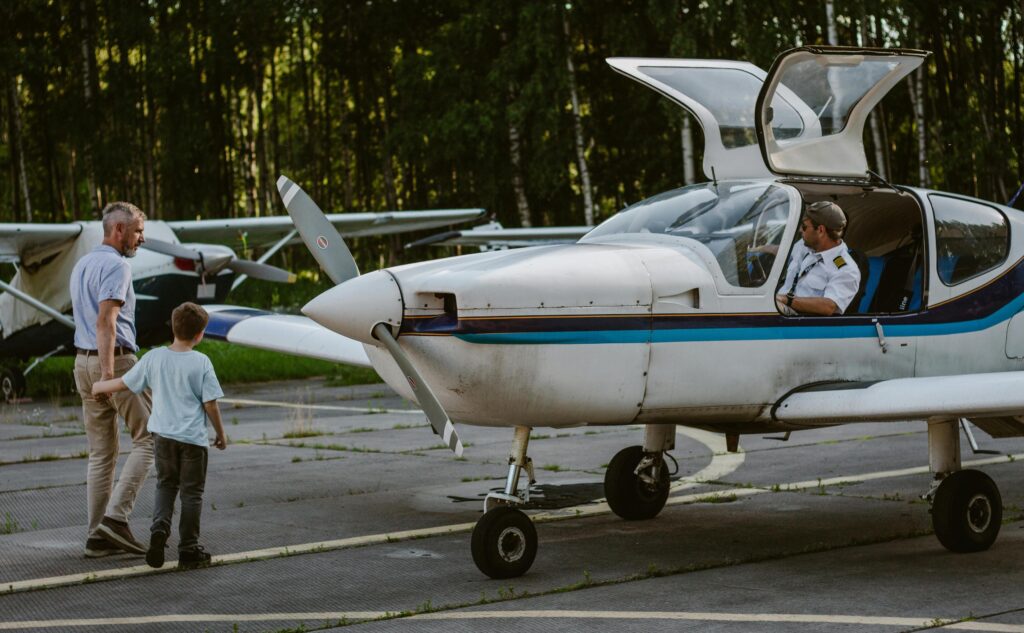How Becoming a Pilot and Aircraft Owner Can Change Your Life – Part Two
Adding Ratings and Buying Your Very Own Aircraft is Only the Beginning of Your Journey as a Pilot and Aircraft Owner. In the last blog post, we discussed the pains of modern travel. Whether you travel by airliner, public transport, or car, the experience can be frustrating. We also started to outline how becoming a […]
How Becoming a Pilot and Aircraft Owner Can Change Your Life – Part Two Read More »










